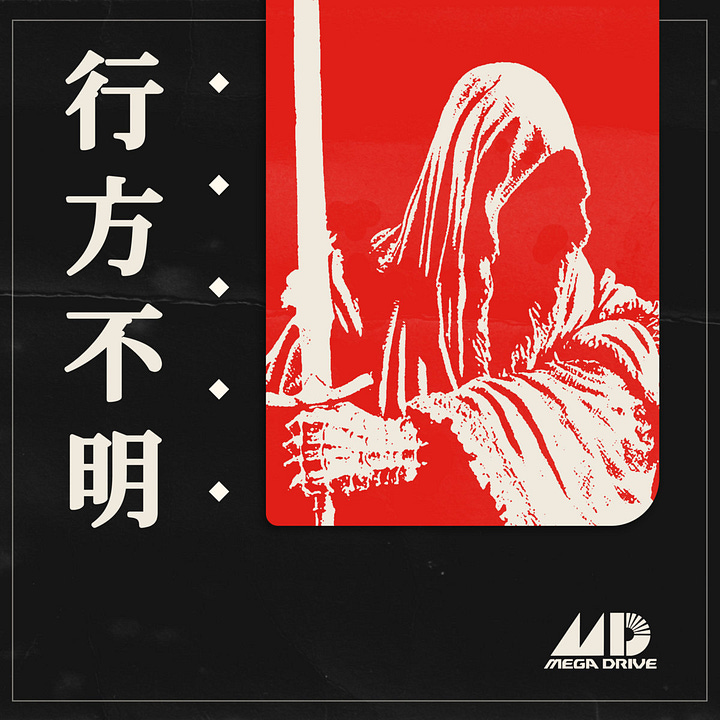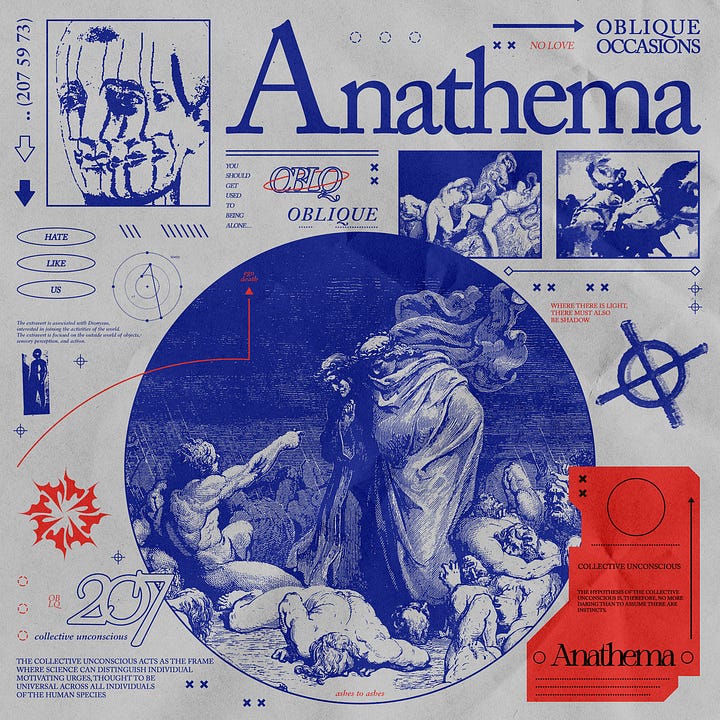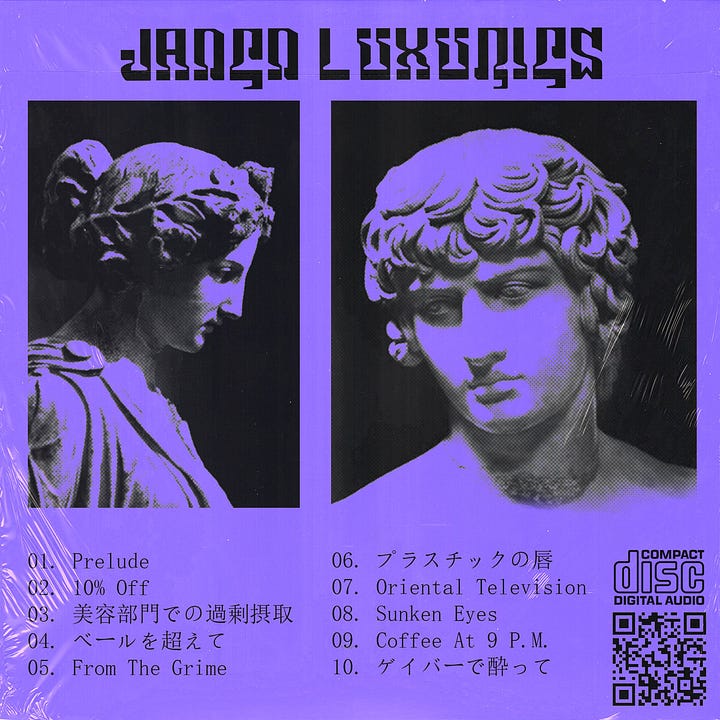Barber Beats: Need a Haircut?
The popular vaporwave subgenre pays homage to jazzy 1990s trip-hop




Within the vaporwave community, a new subgenre has emerged and become extremely popular in recent years, and it goes by the name of barber beats.
The term was reportedly coined by one of the managers of London vaporwave label Aloe City, at first referring strictly to producer Haircuts For Men’s music. Their early albums, released between 2016 and 2018, …
Keep reading with a 7-day free trial
Subscribe to zensounds to keep reading this post and get 7 days of free access to the full post archives.

